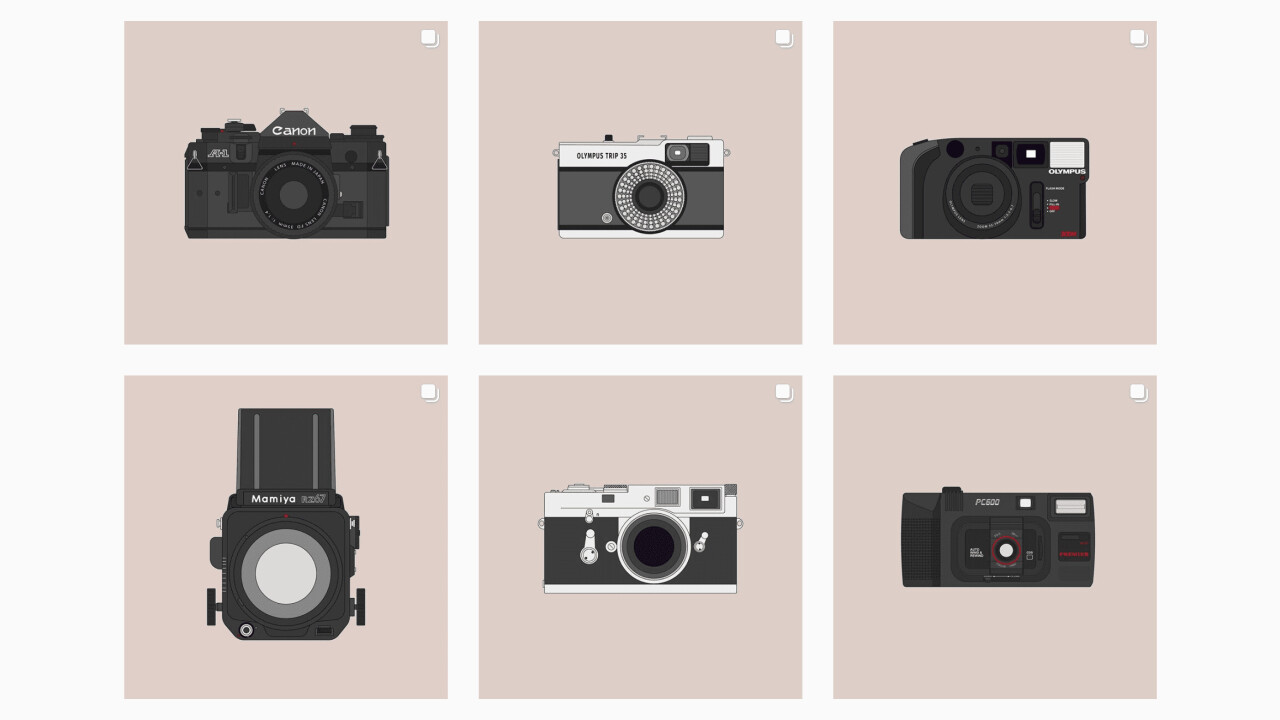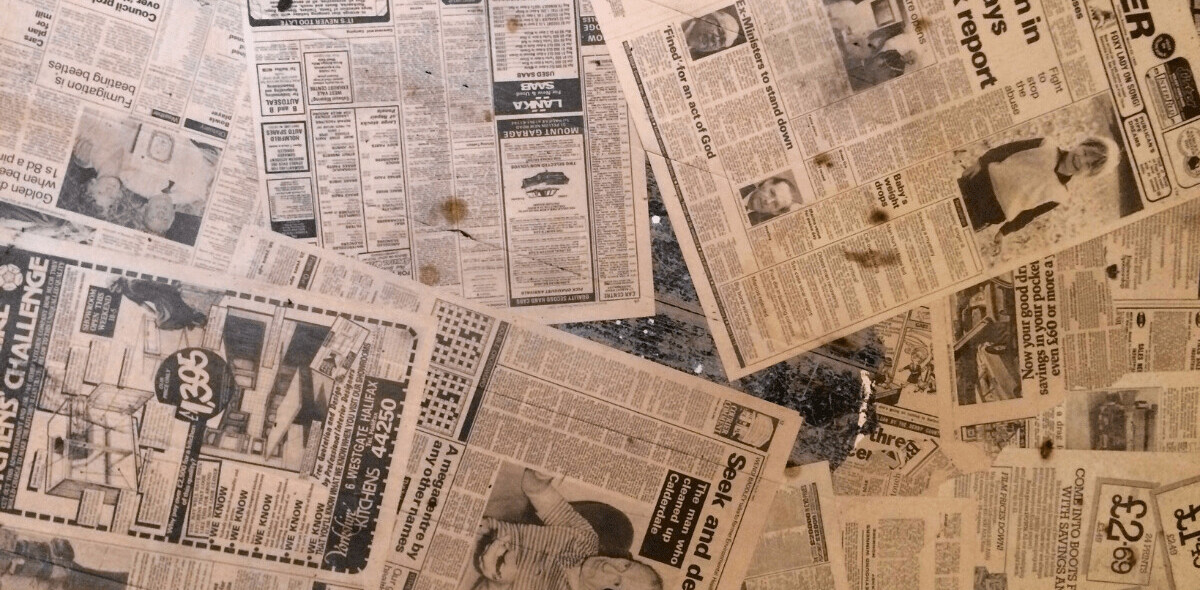
Talk about the demise of analog photography has flown around for years, but a small group of film camera enthusiasts have kept the trend alive and well — and one of those people is Barcelona-based graphic designer and photographer David Ortiz.
Just last month, the 26-year-old started a new Instagram project — dubbed Camxatca (it’s pronounced like the Russian peninsula) — that aims to document a series of film cameras and showcase a beautiful feed of analog photography.
The concept is pretty simple. Each entry starts with an illustration of a camera (usually drawn by Ortiz himself), accompanied by a sentimentally curated gallery of images taken with it, all snapped by the same photographer.
The cool thing is that Camxatca features a variety of artists, with refreshingly distinctive yet familiar styles. You’ll find anything from classic street shots and candid portraiture to dreamy landscapes and brutalist architecture photography.
“It’s not just about my illustrations,” Ortiz tells me. “The owner of the camera contributes and takes part by sharing their work, and other people can discover new cameras and photographers.”
Ortiz’s drawing style is one of austere simplicity: flat, minimalist, and, seemingly, intentionally imperfect — just like the cameras it captures. Yet it has so much soul that it tangibly illuminates the charm of the hardware it portrays. It’s genuine and straight from the heart, and that’s easily felt.
The photography that comes with the illustrations tends to be equally unpretentious. Although various photographers contribute to Camxatca, the images share a deeper connection with each other than simply being captured on film — there’s a certain pensive mood to the project, a welcoming fascination with both the most unusual and most mundane of daily occurrences.
Camxatca’s nostalgic aesthetic is palpably shaped by Ortiz’s infatuation with analog photography and his archaeological curiosity about film cameras. “I want to discover cameras I’ve never heard of and create a virtual film camera collection,” he tells me about his plans for the project. “I want to share this love for analog photography with anyone.”
The project began as a lockdown pastime (thanks, coronavirus), Ortiz explains to me. “During lockdown I challenged myself to focus on improving my digital drawing skills,” he says. “Meanwhile, on my bedroom shelf, I had my little film camera collection sitting there. That’s when I thought about documenting my cameras.”
“I ran out of cameras to draw pretty quickly, and that’s when I started to ask my friends about drawing their cameras and sharing photos taken with them,” Ortiz adds. “I was also interested in drawing cameras I didn’t had direct access to and that’s when I started to look for more on Instagram.”
“Camxatca is about film photography and making the cameras, the tool itself, the main character of the show,” Ortiz tells me. “Because they have feelings too.”
Get the TNW newsletter
Get the most important tech news in your inbox each week.





